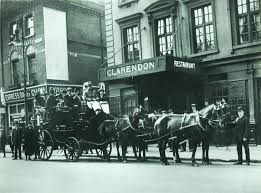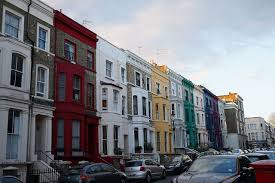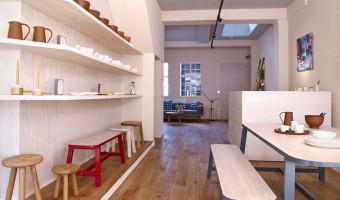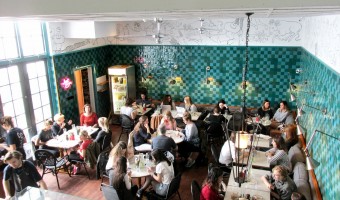 Clarendon Cross
Clarendon Cross
Another well-hidden London village
London is made up of lots of little locations. It might feel like one big city – actually 9 square miles worth – but there are loads of little villages that once-upon-a-time were just that. Lots of little independent communities. Clarendon Cross is one such village and London visitors can find it just west of Notting Hill Gate and before the hit the noise of Westfield in a tiny crossroad of streets-hence the name. Visitors will know when they arrive whether coming in from Ladbroke Grove or Holland Park and will (probably) be struck by the visual impact of rows of pastel-coloured houses lined up like multi-coloured macaroons in a gift box. Although they are now in pristine conditions, these multi-million-pounds residences were once the site of dilapidated slums housing brick makers and pig-keepers in the early 18th century and later on, immigrant communities. Visitors can still find the remnants of the ‘potteries and pigs’ era on Walmer Road where a tile kiln stands next to the entrance of Avondale Park. Older residents still reminisce about the bad old days when it was infinitely less desirable in the 1960s.
If it takes a small effort to find it is definitely worth it – Clarendon Cross is a tiny spot enjoying a big reputation and grew into the community we know and love a little village of amenities in the early 20th century featuring a few grocers, a newsagent, a sweetshop and a dairy. The arty middle class turned up in the 1970s and transformed the place before a wave of gentrification swept over the area in more recent times. Today the areas are a magnet for those fortunate enough to be able to afford ‘Village London’ and is a very attractive central locale. The ‘village’ is now a cornucopia of homeware boutiques, delicatessens and up-market veg shops.
.jpg)






 Load more triptoids
Load more triptoids